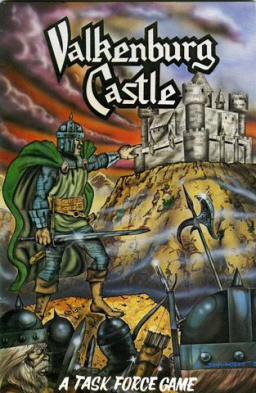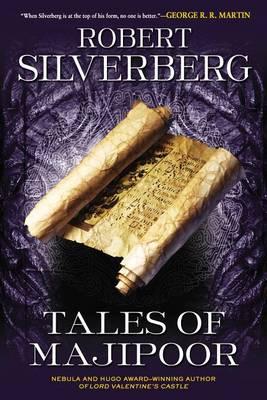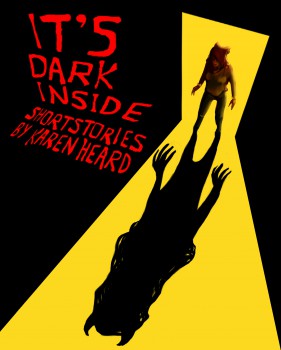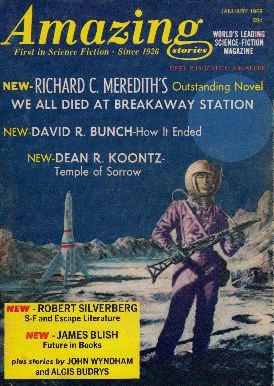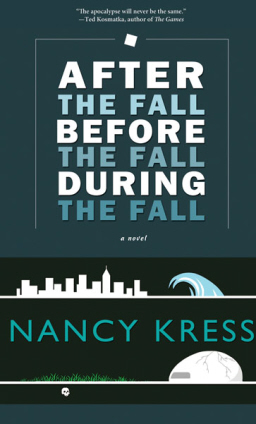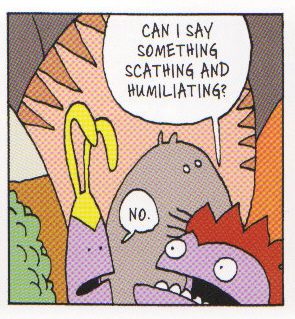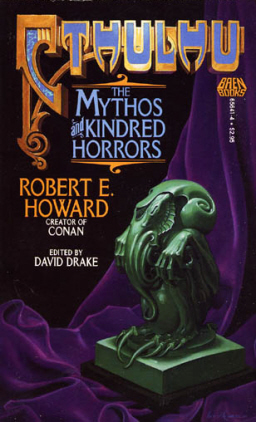Mucking with the Mundane
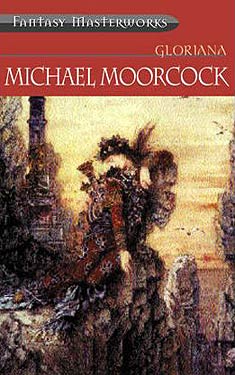 Fantasy readers expect the world of a fantasy novel to be different from our mundane reality.
Fantasy readers expect the world of a fantasy novel to be different from our mundane reality.
There’s magic afoot — of course the world operates differently. The author paints the fantastical milieu and we enter it primed to believe, donning those 4-D glasses that let us accept strangeness. It’s a more-than-willing suspension of disbelief.
We don’t ask for justifications, as long as the fantastic elements of the world are internally consistent. It’s in the tradition.
But with fantasy as re-imagined history or a re-imagined place, we enter a slightly different relationship with the story. Now we’re in a realm that is accessed, not through a portal or straight immersion in a new world, but through a delicate balance of writer allusions and reader indulgence. Readers know they’re being seriously mucked with. And the author must go the extra mile to pull it off.
There’s something logically different about creating an imagined world — like Middle Earth — versus fiddling with the actual world and its history. After all, it already happened the way it did. So the reader must swim against the mental tide of a different narrative, that of history.
Depending on your preferences for justification, you may want an explanation of how it all came to be, or you may wish the author would just get on with it.
One way to coax the reader into abandoning “real” history is with parallel worlds. Michael Moorcock uses this framing device in Gloriana, the Unfulfill’d Queen, set in a twisted Elizabethan-style court and a very changed history.
